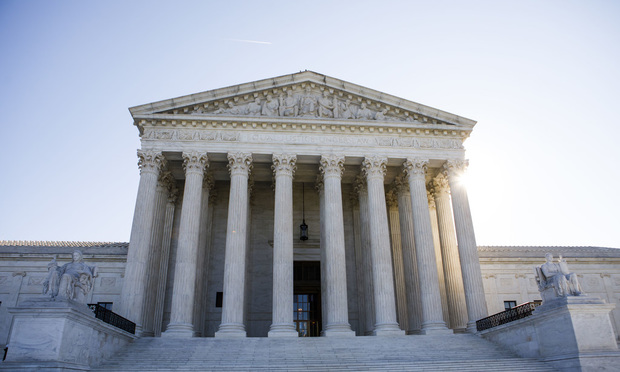 A study by researchers at the University of California-Berkeley last year focused on GAP stores found a significant correlation between productivity, profits and scheduling consistency. (Photo: Shutterstock)
A study by researchers at the University of California-Berkeley last year focused on GAP stores found a significant correlation between productivity, profits and scheduling consistency. (Photo: Shutterstock)
At the urging of labor activists, local and state governments around the country are putting in place new rules governing employee work schedules.
Late last year, Oregon Gov. Kate Brown signed a bill into law that requires retail, hospitality and food service employers with more than 500 workers to provide hourly workers at least a week's notice before a schedule change goes into effect.
As originally proposed, the Oregon law would have applied to all employers with more than 25 workers. Since the threshold was significantly raised, the law does not benefit many of those who work in the targeted industries, including fast food, because they work for relatively small franchises.
Related: Patchwork of sick leave laws makes everyone unhappy
Ordinances adopted last year in Seattle and New York City put in place a two-week notification requirement, although in Seattle the rule only applies to businesses with at least 500 workers and at least 40 locations. In New York, the ordinance also requires employers to pay a $100 premium if employees are made to work a shift less than 11 hours after the end of a previous shift. Other major cities, including Chicago and Philadelphia, are considering similar changes.
About 740,000 employees are affected by the new rules, according to an analysis by the Economic Policy Institute.
While business groups were predictably wary of a new government mandate, a number of employers around the country are embracing predictive scheduling as a way to boost employee morale and reduce turnover.
A study by researchers at the University of California-Berkeley last year focused on GAP stores found a significant correlation between productivity, profits and scheduling consistency.
Some businesses in industries with high-turnover have long-relied on a large pool of part-time employees who are scheduled on an as-need basis, from week to week. The result is stressful for employees both because they are often called to work with little notice and because they don't know how much money they can count on making in a given week. The lack of scheduling predictability also makes it difficult to get a second job.
Some employers may find that predictive scheduling is a way to focus on providing greater hours to a smaller but more committed workforce.
The Wall Street Journal highlights the case of Evergreens, a salad outlet in Washington state that has about 200 employees, meaning it is not bound by the new scheduling law. Recently, however, management began to provide workers schedules two weeks in advance and found that the average employee's hours increased from 26 to 32 a week and attrition has plummeted.
“If there's a comfort and a stability in the job they hold, they're more likely to stick around,” said Evergreen COO Tom Small.
Read more:
© 2025 ALM Global, LLC, All Rights Reserved. Request academic re-use from www.copyright.com. All other uses, submit a request to [email protected]. For more information visit Asset & Logo Licensing.







